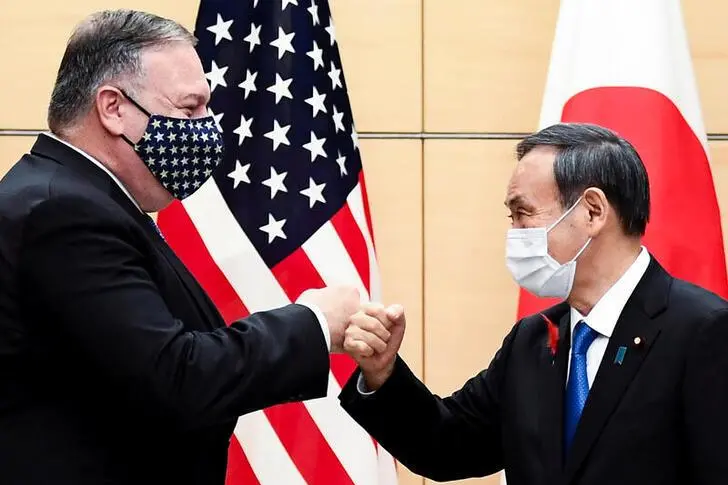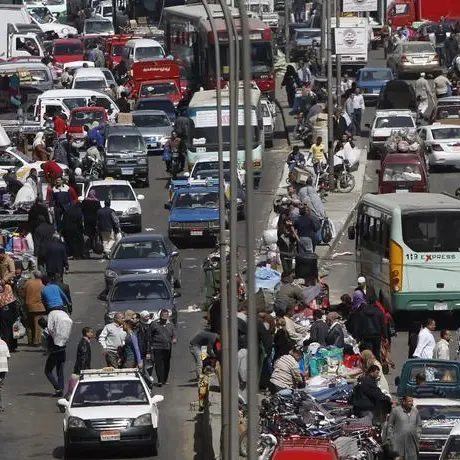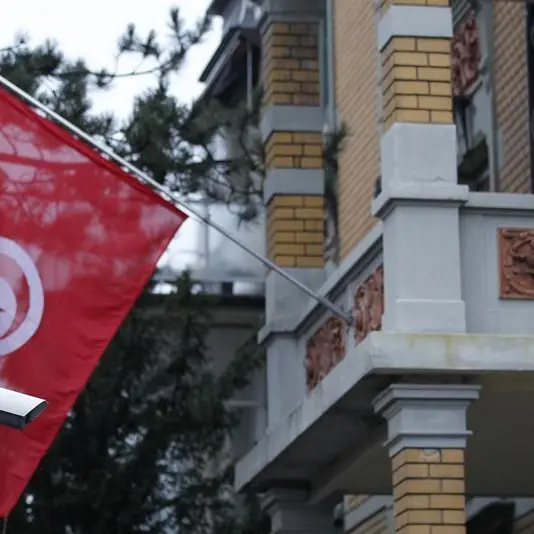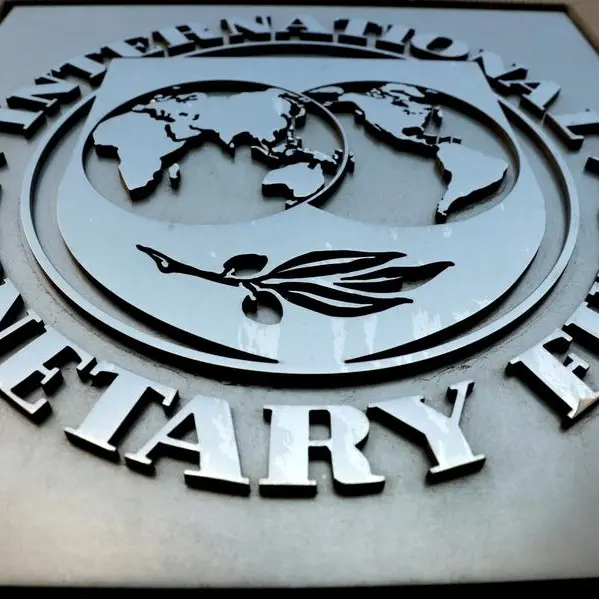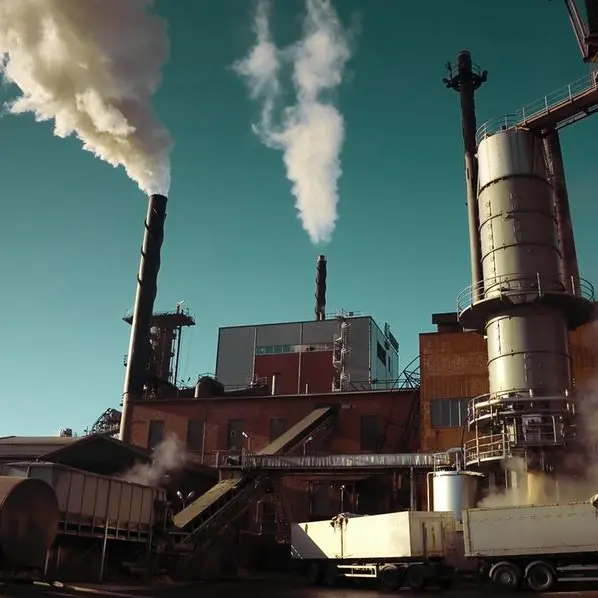PHOTO
(The author is a Reuters Breakingviews columnist. The opinions expressed are her own.)
WASHINGTON - The United States and Japan may soon have an improved joint plan to counter China's influence. President Joe Biden chose Yoshihide Suga, the Japanese prime minister, as his first in-person meeting with a world leader on Friday. It’s still politically thorny for America to rejoin the reconfigured Trans-Pacific Partnership trade pact. Once Covid-19 is past, the timing could be better.
The United States missed an opportunity for an economic alliance to match the People's Republic when former President Donald Trump pulled out of the TPP in 2017, leaving Japan to salvage the pact. In 2018, the remaining 11 members signed a revised, renamed version of the deal.
The current grouping, with Canada and Australia the largest economies after Japan, is too small to be much of a counterweight to China. The countries make up 13% of global GDP compared to almost 40% in the original TPP, according to Perth USAsia Centre. The recent China-led Regional Comprehensive Economic Partnership includes almost 30% of the world’s output – as well as seven of the 11 economies also in the rejigged TPP, known as CPTPP.
The CPTPP offers a workable template for U.S. involvement. It lowered tariff barriers and includes rules for state-owned enterprises, labor, the environment and digital trade. Japan has been eager for the United States to return.
That said, the timing is off for a big U.S. trade deal. The TPP became a political punching bag. Even with the pandemic easing, the unemployment rate in March was still 6%, compared to 3.5% in February 2020. That makes reducing barriers to trade, with real and perceived threats to some domestic jobs, an uphill battle.
An improving economy should create a better environment. The Federal Reserve expects GDP growth to hit 6.5% this year while the unemployment rate is projected to fall in 2022 to 3.9%. Adding U.S. allies to CPTPP could sweeten the deal, too. The UK has applied to join and South Korea is also interested.
Washington can add its own imprint on the labor and environmental fronts. That’s what got Democrats on board with a revised trade deal with Canada and Mexico. Changes would require approval by the other CPTPP countries. Meanwhile, Chinese officials have expressed interest in joining. The United States has time to beat them to the punch.
CONTEXT NEWS
- Japanese Prime Minister Yoshihide Suga is scheduled to meet U.S. President Joe Biden at the White House on April 16. It will be Biden’s first in-person meeting with a world leader.
(The author is a Reuters Breakingviews columnist. The opinions expressed are her own.)
(SIGN UP FOR BREAKINGVIEWS EMAIL ALERTS http://bit.ly/BVsubscribe | Editing by Richard Beales and Amanda Gomez) ((gina.chon@thomsonreuters.com; Reuters Messaging: gina.chon.thomsonreuters.com@reuters.net))
